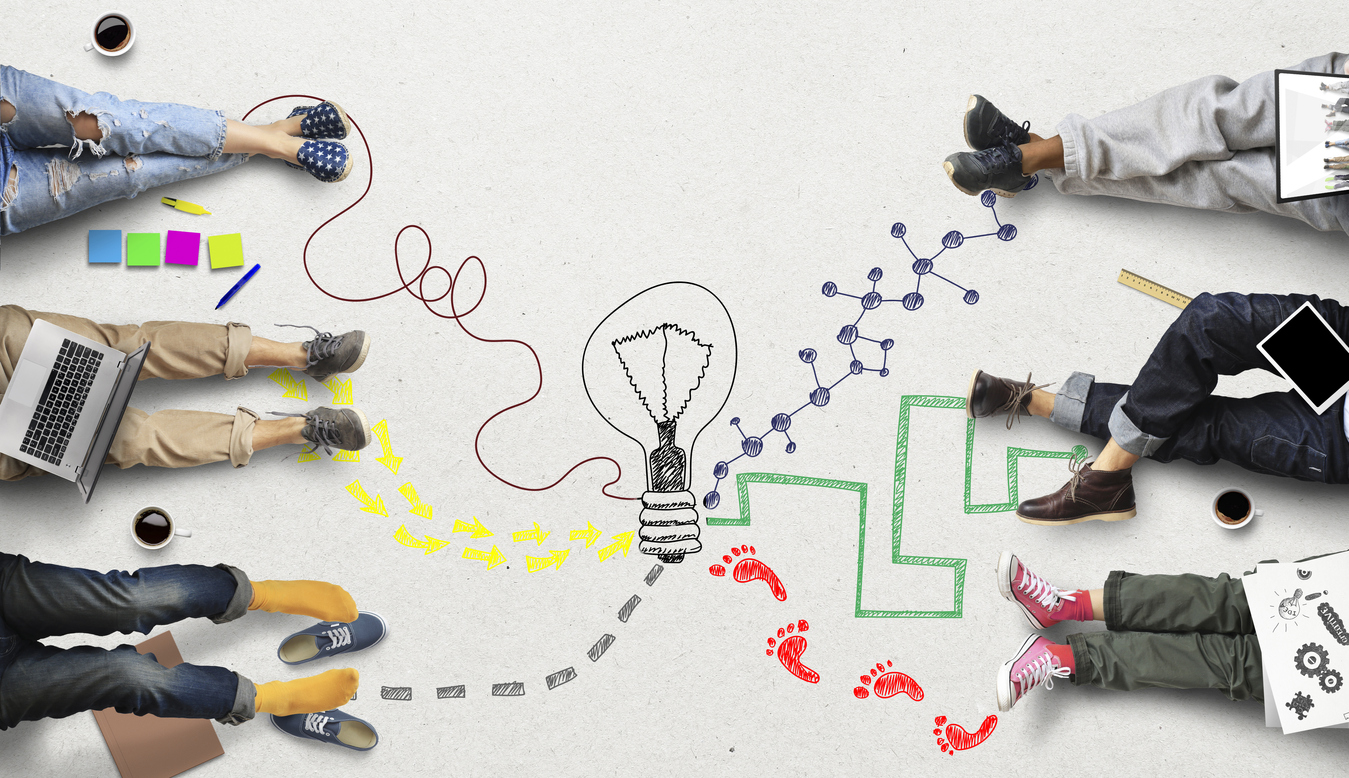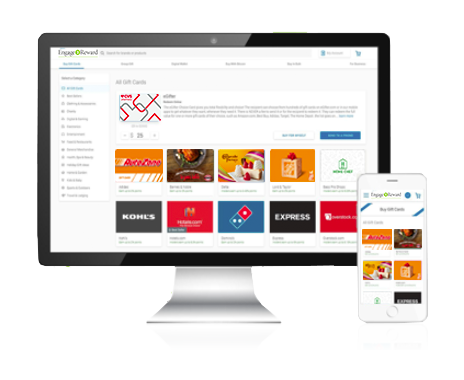Encouraging creativity among employees is vital for fostering innovation and driving organizational growth. When employees have the opportunity to express their creativity, it not only enhances individual development but also contributes to a dynamic and vibrant company culture. In this article, we'll explore the importance of employee creativity and provide practical strategies for promoting and harnessing creative potential in the workplace.
What is Employee Creativity?
Employee creativity refers to the ability of individuals to generate novel ideas, solutions, or approaches that add value to their work and contribute to the organization's goals. It encompasses the willingness to think outside the box, challenge conventions, and explore new possibilities.
Employee creativity signifies a culture of innovation where individuals feel empowered to express their ideas, experiment with new concepts, and contribute to continuous improvement. It reflects a dynamic and adaptive workforce that thrives on curiosity, collaboration, and ingenuity.
Why Is Creative Thinking Important In The Workplace?
Creative thinking is essential in the workplace because it drives innovation, fosters problem-solving, and enhances organizational resilience. By encouraging creative thinking, employers can adapt to changing market conditions, seize new opportunities, and stay ahead of the competition. Creative individuals bring fresh perspectives and inspire others to think outside the box, contributing to the overall success and growth of the organization.
Employers value creative employees because they are more adaptable, resourceful, and resilient in the face of challenges, making them invaluable assets in today's fast-paced and dynamic business landscape. So it comes as no surprise that 94% of hiring managers agree creativity is key when evaluating candidates and prefer those with creative skills over conventional skills by more than 5 to 1.
How To Increase Employee Creativity
- Encourage continuous learning and skill development through workshops, training programs, and mentorship opportunities.
- Provide resources and tools that facilitate brainstorming, such as creative spaces, idea boards, and digital collaboration platforms.
- Foster a culture of openness and inclusivity where all ideas are valued and encouraged, regardless of hierarchy or background.
- Foster a growth mindset by encouraging risk-taking and embracing failure as a learning opportunity.
- Provide opportunities for autonomy and self-expression, allowing employees to take ownership of their projects and ideas.
- Celebrate creativity and recognize employees who demonstrate innovative thinking through awards, commendations, or special events.
Introducing the Engage2Reward™ Gift Card Ordering Platform
For organizations looking to streamline their incentive programs and reward creativity effectively, the Engage2Reward Platform offers a comprehensive gift card ordering platform. With easy-to-use features and a wide selection of gift card brands, our platform enables employers to incentivize and recognize employee creativity effortlessly. From instant redemption to bulk purchasing options, the Engage2Reward Platform provides a seamless and scalable solution for enhancing employee motivation and engagement.
Examples of Creativity in the Workplace
- Cross-Functional Projects: Encourage employees from different departments to collaborate on projects outside their usual scope. For example, marketing and product development teams can join forces to create innovative campaigns that resonate with customers on a deeper level.
- Flexible Work Arrangements: Offer flexible work schedules or remote work options to accommodate employees' individual needs and preferences. This flexibility fosters creativity by allowing employees to work in environments where they feel most inspired and productive.
- Hackathons and Innovation Challenges: Organize hackathons or innovation challenges where employees can pitch ideas and work together to solve specific problems or develop new products. These events provide a platform for creative thinking and collaboration while driving tangible outcomes for the organization.
- Creative Spaces: Designate areas within the workplace specifically for brainstorming and creative thinking. These spaces can be equipped with whiteboards, comfortable seating, and inspiring decor to stimulate idea generation and collaboration.
- Employee-Led Initiatives: Encourage employees to take the lead on initiatives that align with their passions and interests. Whether it's organizing team-building activities, volunteering in the community, or spearheading sustainability efforts, empowering employees to drive change fosters a sense of ownership and creativity.
- Storytelling Workshops: Host workshops or training sessions focused on storytelling techniques to help employees communicate their ideas more effectively. By mastering the art of storytelling, employees can convey complex concepts in a compelling and memorable way, sparking creativity and engagement among their peers.
- Innovation Awards: Recognize and celebrate employees who demonstrate exceptional creativity and innovation through an annual innovation awards program. This not only highlights individual achievements but also reinforces the organization's commitment to fostering a culture of creativity and innovation.
Four C's of Employee Creativity
Regardless of your strategy, fostering creativity in the workplace requires a thoughtful approach. As you move forward, consider these four best practices to maximize the results of your program:
-
Control: It's essential to provide employees with a conducive environment for creativity while maintaining alignment with organizational goals and values. Setting clear parameters ensures that creativity remains focused and constructive.
-
Collaborate: Encourage cross-departmental collaboration to facilitate knowledge sharing and the discovery of diverse perspectives. By working with colleagues from different backgrounds, employees can leverage each other's strengths and generate innovative solutions.
-
Compete: Healthy competition can inspire employees to push their boundaries and strive for excellence. However, it's crucial to maintain a supportive and friendly atmosphere to ensure that competition fosters creativity rather than stifling it.
-
Create: Empower employees to explore new ideas and approaches by placing them in unfamiliar situations. Embracing a culture of experimentation encourages outside-the-box thinking and fosters a spirit of innovation within the organization.
How To Measure Employee Creativity
- Evaluate Ideas: Assess the quantity and quality of ideas generated through innovation workshops or online idea portals.
- Monitor Implementation: Measure the impact of creative solutions on business outcomes such as productivity and customer satisfaction.
- Gather Feedback: Conduct regular surveys to gauge employee perceptions of the organization's support for creativity and innovation.
Fostering employee creativity is crucial for driving innovation and maintaining a competitive edge in today's business landscape. By implementing strategies to promote creativity and leveraging tools like the Engage2Reward Platform, organizations can cultivate a culture of innovation and empower employees to reach their full potential.












.png?width=600&height=600&name=3D8DC522-2245-490E-AA26-63567A199A4C%20.png)